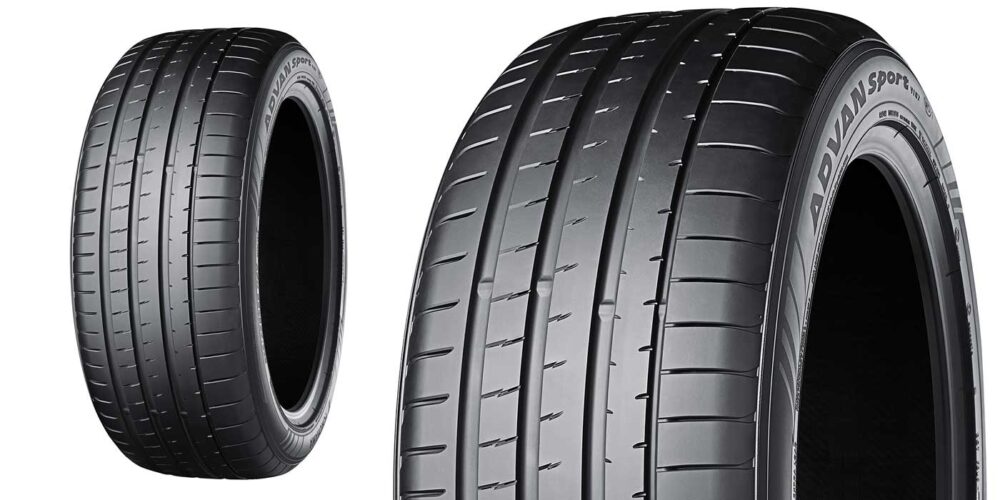Any discussion of tire maintenance centers around proper inflation maintenance. It is, after all, the cornerstone of any well designed program to maximize tire treadlife, casing durability and fuel economy.
There is precious little published information available, though, on exactly what should – or can – be controlled when it comes to the type of inflation medium used. In other words, what can you legitimately do about controlling the quality of inflation air?
Since nearly all over-the-road truck tires are inflated with locally available compressed air – ‘shop air,’ for lack of a more precise term – let’s begin with a look at some potential problems and how to avoid them.
The most common concern with compressed air supply is moisture, which can reduce overall durability and casing life over time.
Diffusion of high-pressure inflation through a tire casing is a slow, but continuous, process. But, as air diffuses through the casing – rubber, carcass plies and steel belts – any moisture present in the air chamber travels with the escaping air molecules.
Steel, water and changing ambient temperatures are the basic recipe for damaging corrosion, which can lead to adhesion loss between rubber components – including tread separations.
In recent years, tiremakers have developed diffusion-resistant innerliner compounds. Still, some degree of diffusion remains.
Plus, any puncture or cut that accelerates inflation loss also greatly aggravates the potential for possible adhesion loss within the tire casing. The immediate area where the puncture occurs is open to advancing moisture contamination.
Moisture can also catalyze at rubber component junctions, especially at rubber/metal interfaces, ultimately leading to a separation. Since typical radials have some 43 separate components, there are many places for moisture to attack. Therefore, maintaining dry air inside the tire is vital.
Compressors supplying inflation air should be equipped with reliable air driers – usually multiple driers. One should be placed near the high-pressure outlet and another near final pressure regulators where actual tire hoses are attached. Moisture-accumulating line drops, preferably fitted with ball valves to facilitate daily draining of condensation, should be added below the point at which inflation air is taken off of supply lines.
Connections for tire inflation lines should never be made near the bottom of a supply line run where water may accumulate. TMC Recommended Practice (RP) 235 details some specifics of suggested plumbing configurations, along with other information on inflation equipment hardware and maintenance practices.
One detail often overlooked is placement of the compressor intake. Ideally, this should be in a sheltered area to minimize intake of moisture or excessive humidity.
Using Nitrogen?
Some air-related moisture concerns might be minimized by the use of a purified or inert gas like nitrogen. This, however, raises other issues of supply, contamination from make-up inflation and expense.
Most tiremakers polled say that, because fleets and tire dealers cannot control make-up inflations on the road, nitrogen use would likely have a negligible effect on tire durability or treadwear and, therefore, is not likely to be cost-effective for line-haul fleets.
Another concern involves lubricants in air-supply lines. The use of oils, rust inhibitors and other additives for the maintenance of air tools is a common practice. But, lubricators should never be used in air lines that inflate tires.
Care should also be taken to ensure that dirt, corrosion particles and other contaminants do not enter inflation lines. Such debris can interfere with tire valve sealing and uniform bead seating on the rim.
Many fleets spec the use of flow-through valve extensions, rather than conventional screw-on valve caps, to prevent dirt, road salt or other microscopic debris from entering the annular valve sealing area.
Having corrected issues with company-controlled tire inflation systems, fleets and tire service providers still must address the problem of remote service providers, truck-stop airing, emergency road-service calls and new tire/retread mounting operations. These, typically, are outside of a fleet’s control.
While this might at first appear unmanageable, simply outlining many of the guidelines above – along with random on-site tire inspections – should create desired attention to these important details.













